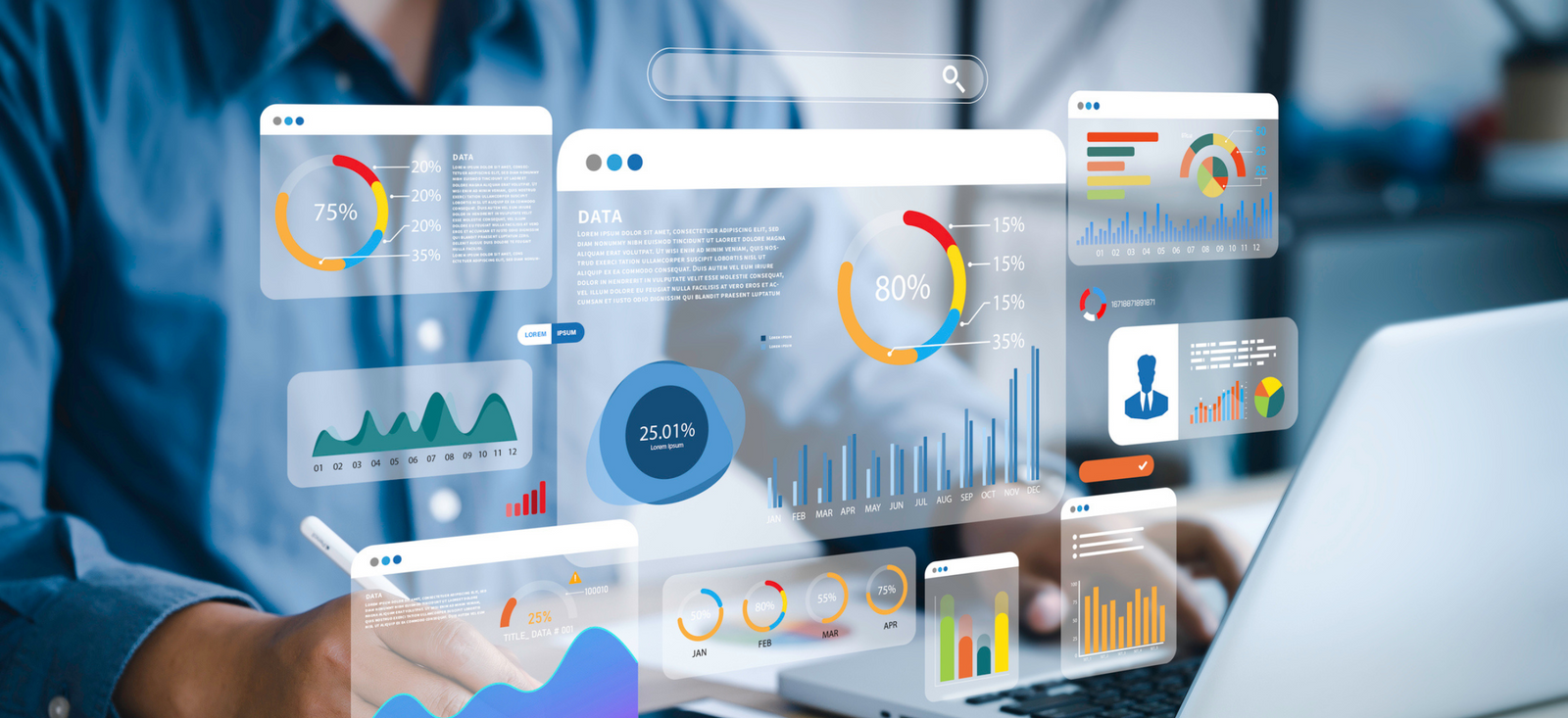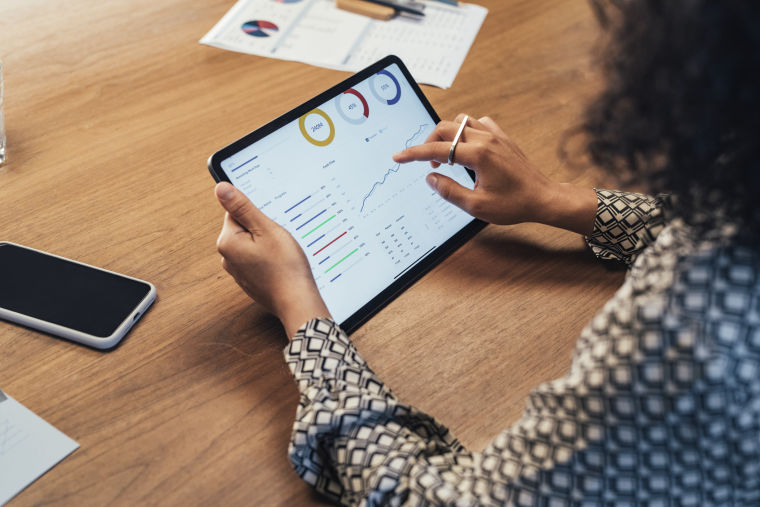From transaction to integration thanks to the digital transformation
Exploring this transition, accelerated by Google’s cookie apocalypse announcement, which pushed the biggest brands to focus more on collecting first-party data.

Article series
Global Data Analytics 2023
- Understanding Europe’s Data Analytics $1bn growth
- The $36bn hegemony of Data Analytics in the US
- Insights in Asia Pacific, set to dominate in 2024
- Rest of the Americas’ journey through the inflationary hurdles
- Inflation curtails promising Middle Eastern and African prospects
- Insights industry: The tech vendors remix
- Self-regulation - a reliable compass for Data Analytics?
- The role of software providers in the insights industry
- From transaction to integration thanks to the digital transformation
This article delves into the role of companies like Similarweb, which find themselves at the intersection of self-serve research platforms and digital data analytics solutions. These companies are actively navigating digital transformation, a process that Marta provides her unique perspective on. For a more detailed understanding, download the Global Data Analytics 2023 report.
Research or Analytics teams: evolution of partnership in the light of digital transformation
Many self-serve research platforms rely on panellist surveys, while companies like Similarweb are based on passive measurement — tracking consumers' digital behaviour while complying with the strictest privacy regulations. In the past, many analytics and digital teams approached Similarweb; however, currently, as organisations are undergoing digital transformation, digital data analytics is blended with consumer and market insights (CMI) and companies are in need of comprehensive digital diagnostics. This includes brand strength or micro-level consumer insights in near real-time.
In my opinion, this transition was accelerated by Google’s cookie apocalypse announcement as it pushed the biggest brands to focus more on collecting first-party data. CMI teams discovered the power of this data for consumer insights and started to look for additional missing pieces of the puzzle to get a 360 view, asking various questions: What happened before a customer interacted with my website? What happened after? What is going on outside of my ecosystem — in marketplaces, Google search, or social media? What do these interactions look like for my competitors’ digital assets?
Digital-savvy clients are usually much more sophisticated in their requests. They know how to interpret digital signals but often struggle with how the data is organised and structured as well as how to aggregate and clean the data, removing unnecessary noise.
Analytics teams usually use the self-serve platform or API (e.g. all consumer searches of my competitors’ brands on Google, YouTube, and marketplaces) while traditional CMI teams usually ask very specific questions: What is the audience profile of my customers vs. that of the competitors in specific marketplaces? How would it differ from my direct-to-consumer channel? How strong is consumer purchase intent when looking for our brand on Google, YouTube, or the marketplace? Which other brands or products are being considered at the last stage of the journey? What is happening post-purchase?
Protecting the individual
Clients demand full GDPR and CCPA compliance when working with very granular data. As such, they do ask whether the data might include any potentially personally identifiable information. I believe most of the players who were not compliant were left out of the business once the biggest companies did a vendor check. This was triggered when all the privacy regulations were implemented and eliminated all the companies creating any potential risk in this field from the market.
With the market changing so fast, we see a lot of insights professionals looking for near real-time behavioural data to understand consumer behaviour and market dynamics. On the one hand, we see the growing pressure from cheap overseas incomers and the growth of private labels. On the other hand, we observe younger generations (Z and Alpha) adopting innovations instantly. Since the Covid-19 pandemic, however, the customer journey across all generations is initiated mostly online for all planned purchases and could end up either in digital or brick-and-mortar point of sales. That’s why digital consumer trends monitoring is a must-have for any insights professional working today.
Are you curious to learn more about the Data Analytics sector? Download your copy of the Global Data Analytics report today.
Article series
Global Data Analytics 2023
- Understanding Europe’s Data Analytics $1bn growth
- The $36bn hegemony of Data Analytics in the US
- Insights in Asia Pacific, set to dominate in 2024
- Rest of the Americas’ journey through the inflationary hurdles
- Inflation curtails promising Middle Eastern and African prospects
- Insights industry: The tech vendors remix
- Self-regulation - a reliable compass for Data Analytics?
- The role of software providers in the insights industry
- From transaction to integration thanks to the digital transformation


